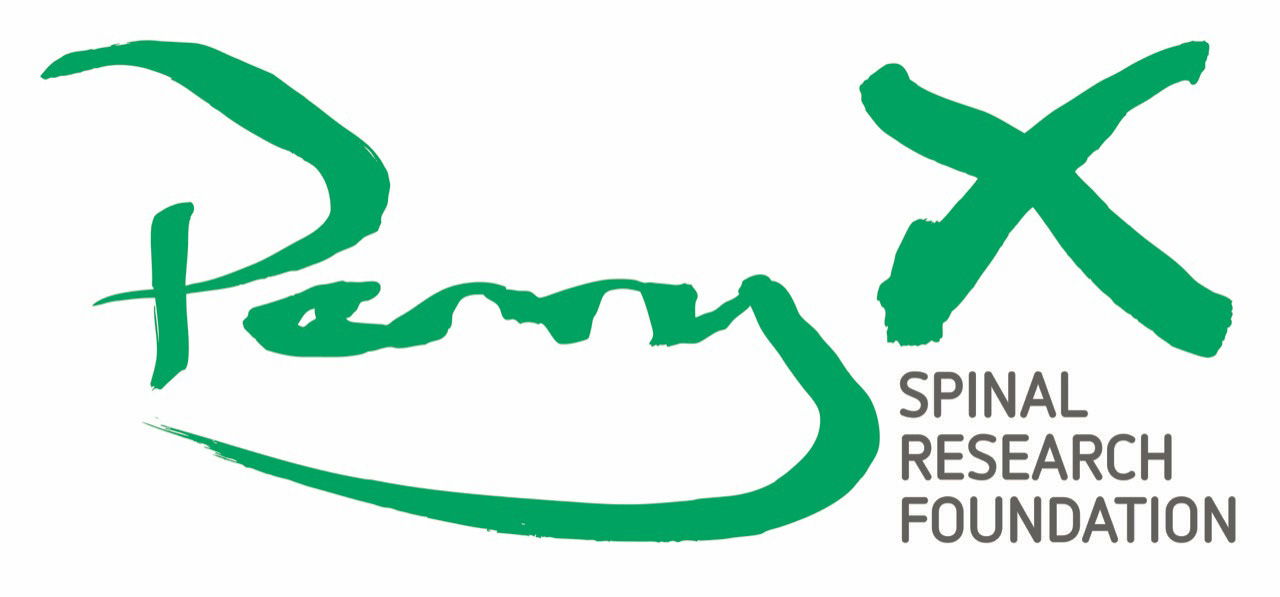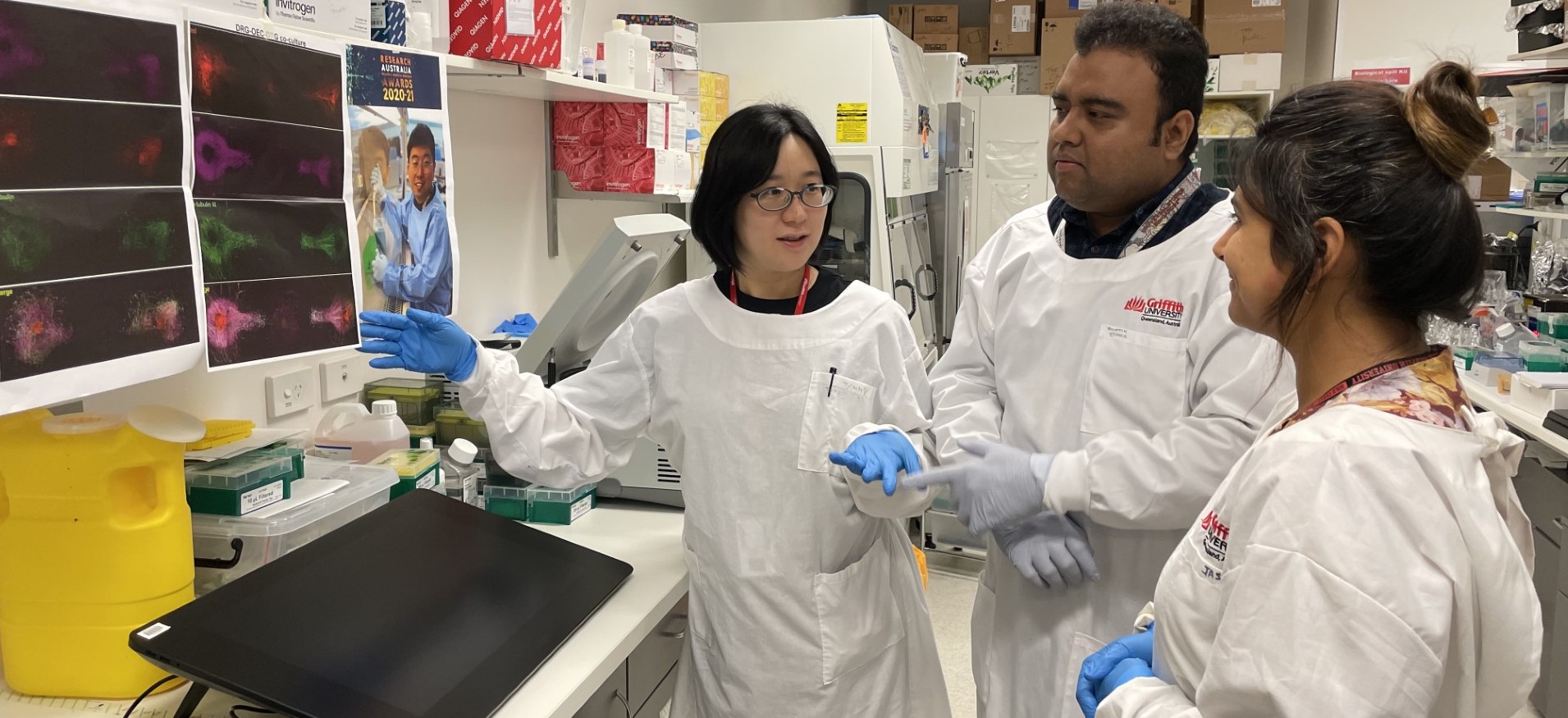This project brings together the key aspects of the previously funded PCSRF projects to test how stimulating olfactory ensheathing cells can improve functional outcomes in preclinical models of spinal cord injury.
The transplantation of olfactory ensheathing cells in previous clinical trials had been performed using micro-injections of cells into the health spinal cord surrounding the injury site. The Spinal Injury Project team considered that this approach was not suitable for use in humans as the micro-injections could cause physical damage to the spinal cord.
The research project explored alternative ways of transplanting cells including the use of three-dimensional (3D) cell products. Growing and producing 3D products is actually a very complicated and difficult process and so the team tried and tested various different methods.
The outcomes of this work were that the team successfully generated the very early (and very small) forms of nerve bridges. This work is the basis of the future successful research that has led to the human clinical trial in 2024.
The funding from the Foundation supported two research fellows and an operating budget for the research for one year.




